Starting Seeds Indoors for Beginners
Many young plants cannot grow outdoors, in an open garden, under direct sunlight, heavy rains, and strong wind. Check out how and when to start seeds indoors.
These guidelines can be helpful for many gardeners and farmers, especially beginners. Experienced farmers and gardeners may want to know how to choose the best incubation time for the new variety of vegetables for their farms in this instruction.
Why You Should Grow Nursery Seedlings Indoors
Growing seedlings indoors is more popular among gardeners and farmers around the world. You ought to use seeds to grow your seedlings indoors.
- It’s easier to control the environmental conditions, such as humidity, temperature, and light indoors. You can also protect your plants from many insects, pests, and natural disasters.
- Growing seedlings to plant flowers and vegetables are much cheaper than buying young plants.
- You will feel relaxed and excited when seeing seeds germinate and develop every day. Watching your plants grow daily can reduce stress in your work and social life.
- Sprouting vegetables, which are very nutritious, can only be grown by seeds, but they cannot stand heavy rain, direct sunlight, and strong wind. Therefore, growing sprouting vegetables indoors is the best method to make them grow well.
Incubating seeds indoors also provides your family with fresh and clean vegetables during winter when the outdoor temperature is low and the snow covers the ground. In addition, you can also grow some winter vegetables during the summer by controlling and setting temperature and humidity for the planting room.
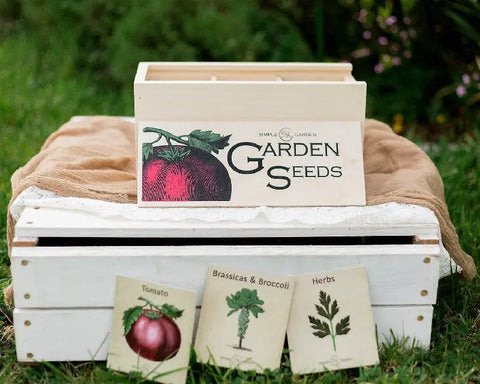
When To Start Seeds Indoors
Determining the ideal time to start seeds inside is a big challenge for many gardeners. Because each plant grows at a different rate, picking the best period for indoor cultivation is vital but challenging.
The principle of choosing the date
There isn’t any exact number or date for sowing seeds. But you can choose the best starting date for each kind of seed if you understand the principle. Here are the basic rules to determine when to start seeds indoors.
- You shall read the instructions on the outer package of grains to learn how long it will take for the seed to germinate and become strong enough to grow in the garden.
- You had better mark the date the last frost will occur in their areas. If you are a newcomer, you can watch the weather forecast or ask some local people for advice.
- Before planting the seeds, schedule the planting date. Eight to twelve weeks before the end of the frost period is the ideal time to sow seeds of winter vegetables indoors, including peas, lettuce, spinach, and kale. You had better start the seeds for tropical vegetables like tomatoes and peppers two to three weeks before the planned planting date.
When you buy plant seeds in The Rike, please check out the incubation length in the product description to start seeds properly.
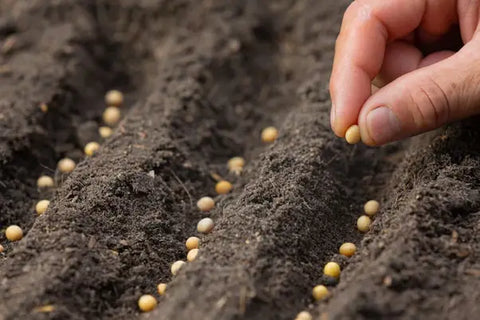
Specific sowing date
The incubation time often depends on the variety of seeds. Farmers ought to sow some seeds early because they germinate quickly. But other nuts need a few months to get mature enough for transplanting. Check out the ideal number of weeks before the last frost day in your country to sow popular vegetable seeds indoors here.
|
Length of incubation |
Category of vegetable seeds |
|
4-6 weeks |
Okra, mustard, broccoli, cabbage, cauliflower, brussels sprouts, kale, spinach, etc. |
|
6-8 weeks |
Basil, artichokes, peppers, tomatoes, etc. |
|
8-12 weeks |
Celery, eggplant, leeks, onions, parsley, etc. |
You can buy these seasonal seeds in The Rike to grow your favorite vegetables at home. There are a lot of kernels for vegetables, flowers, fruits, and herbs with high quality and clear information as well as guidelines.
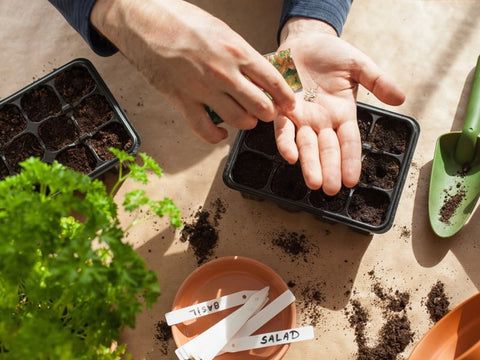
How To Start Seeds Indoors
Apart from the storage method and nourishing environment, the germination rate of the plant seeds also depends on the sowing process. The incorrect process may make seeds fail to germinate and grow well.
Preparation
Farmers/gardeners must prepare the soil, gardening equipment, and necessary materials to incubate seeds indoors.
- Sterile seeds (if the seeds are frozen for storage before cultivation, you ought to thaw them before carrying out incubation);
- Fertile, lightweight, and sterile soil for nourishing seeds and seedlings before moving to the garden;
- Fluorescent light or LED light if there isn’t any window for natural light in the seedling room;
- Pot or tray for starting seeds;
- Watering can or spray bottle for seedlings;
- Plant labels/marks;
- Heat mat (optional, used for seeds that only germinate and grow in warm conditions);
- Mask and gloves for gardening work.
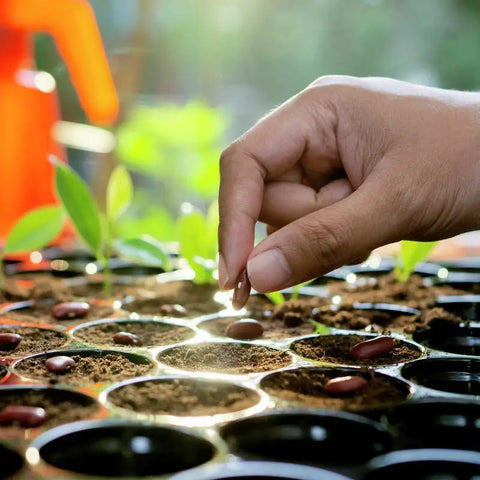
Process
After all equipment and materials are ready to use, and you have the best time when to start seeds indoors, follow these steps to start your gardening work.
- Wear a mask and gardening gloves to protect your respiratory tract and hands from specks of dirt in the soil.
- Fill pots or trays with fertile soil for incubation. The soil must be moisture-retaining and well-draining to ensure that the seed is nourished at a proper moisture level. If the soil is too dry or waterlogged, seeds can die. Besides, the soil must be light and airy.
- Place your seeds and press them gently. Some small seeds can be left uncovered on the surface of the ground.
- Label/mark the newly sown seeds with name and date if necessary to keep track of the developing progress of the plant.
- Based on the variety of seeds, provide moisture and adequate heat. Depending on the nourishing environment, you can water your seedlings once daily or every other day. Make sure that the water stream is gentle because the roots of these young plants are very weak and short.
- Add light if necessary.
Keep track of the germination rate and seedling development and maintain proper moisture, heat, and light for young plants. When the plants are strong and mature enough, it's time to transplant them into your garden.
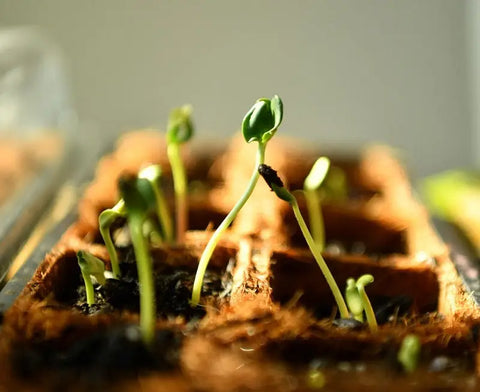
Farmers have to protect young plants carefully. It's vital to keep seedlings safe from strong light and heat, drought, or waterlogging situations. Then, don’t forget to nourish the soil and conduct enough anti-pest methods for your garden.
Conclusion
The best time when to start seeds indoors depends on the seed varieties and seasons in your area. Read the seed description on the package to know if it’s the right time to grow that flower, herb, fruit tree, or vegetable or not before buying or planting. Don’t forget to incubate seeds in the standard nourishing environment to let them germinate and grow well.


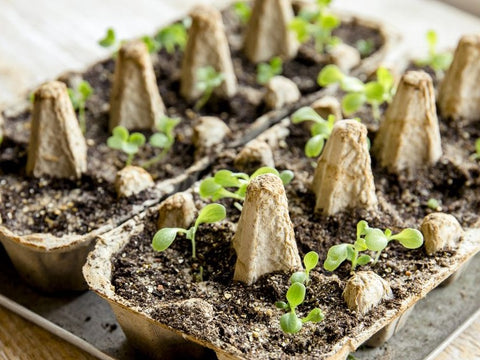



Leave a comment